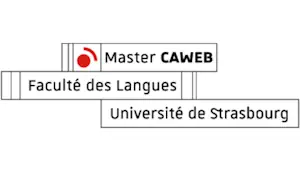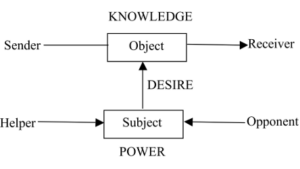Is the semantic cocoon method the way to improve your SEO?

Every website owner knows how important Search Engine Optimization (SEO) is for the visibility and success of a company. Many techniques exist today to optimize your website so as to improve its search engine ranking. This article will look into one of those techniques: the semantic cocoon.
What is the semantic cocoon?
Made popular by the French SEO expert Laurent Bourrelly, the semantic cocoon is an internal networking technique that consists of linking together pages that handle the same topic. The goal? To improve the SEO ranking of a website.
The semantic cocoon is inspired by siloing, another key concept of SEO. It is based on using the search intentions of the user to build the structure of a website. Unlike the semantic cocoon, siloing is constructed depending on the service (e-commerce site, for example).
The content inside a semantic cocoon must be chosen and set up according to the actual needs of users and be organized in such a way as to logically answer all their questions on a particular theme. To do this, semantic analysis and keyword research are essential to successfully implementing this SEO technique. The contents are then linked together in order so as to enhance relevance and promote the positioning of the target page.
Thus, the semantic cocoon strategy can be useful at a time when a coherent internal network is synonymous with search engine optimization. With a well-built infrastructure, you will improve your relevancy and distinguish yourself from your competitors in the search results (SERP).
Four steps to creating an effective semantic cocoon
Now that you know more about the semantic cocoon and its impact on your SEO strategy, let’s take our analysis even further so that you are able to set up your own semantic cocoon.
Determining keywords and topics
This first step is without a doubt the most important one because it will enable you to have a solid foundation. By analyzing users’ intentions and the searches associated with your main theme and keyword, you can be certain to attract the interest of Internet users and answer all their questions.
Pretend you’re an optician who owns an online store and you want to create a shopping guide just for sunglasses. The main keyword in your cocoon will obviously be “sunglasses”. To create your cocoon, you can use the Answer The Public tool. This will help you determine the needs of Internet users in regards to your theme.
Establishing a hierarchy
Already identified your topics and keywords? Then let’s move on to the second step of setting up a semantic cocoon: determining the hierarchy of your content. The topics you are going to present must be classified based on theme in order to establish several sub-categories.
Let’s use the example of sunglasses once more. The target page (sunglasses) is the one whose search engine ranking we wish to improve. We plan on creating a sub-category just for sunglasses brands. This will be the intermediate page that will help to increase the positioning of the target page. Then, we have the final page that is a sub-category of the intermediate pages, which will boost the other pages without necessarily positioning itself. In this example, the final pages could represent the different brands of sunglasses on the market.
And in order to easily understand your website’s hierarchy, use mind mapping tools such as XMind or MindMeister.
Writing content
Writing content is a very important step because it plays a significant role in your SEO strategy. The content must be sufficiently long and informative in order to answer any possible questions that Internet users may have in the best way possible. Also, you should ensure that the content is interesting enough to hold the attention of visitors from start to finish. Finally, think about SEO and include keywords specific to the content of each page while respecting the lexical and semantic scope of your theme.
Enhance the internal network of your semantic cocoon
We are at the last stage of creating a semantic cocoon. The content of your site has been written, we now need to link them together according to the hierarchy you have previously established. To do this, the links must be inserted in a logical way and the anchors must be strategically optimized. Here are the types of links you should utilize to complete your semantic cocoon:
- “Mother-daughter” links: link from the target page to the intermediate page and link from the intermediate page to the final page;
- The “daughter-mother” links: link from the intermediate page to the target page and link from the final page to the intermediate page;
- And the “sister-sister” links: crosslinks between the intermediate pages and crosslinks between the final pages.
The semantic cocoon is a strategy that may seem long and complicated to implement in the beginning. But once adopted, you will give your website every opportunity to increase it’s notoriety and popularity on search engines!
Sources (click here!)
-https://www.journalducm.com/cocon-semantique/
-https://semji.com/fr/blog/comment-reussir-un-cocon-semantique/
-https://audreytips.com/cocon-semantique-seo/
-https://www.alsace-referencement.com/tutoriel-creez-votre-cocon-semantique-en-3-etapes/







